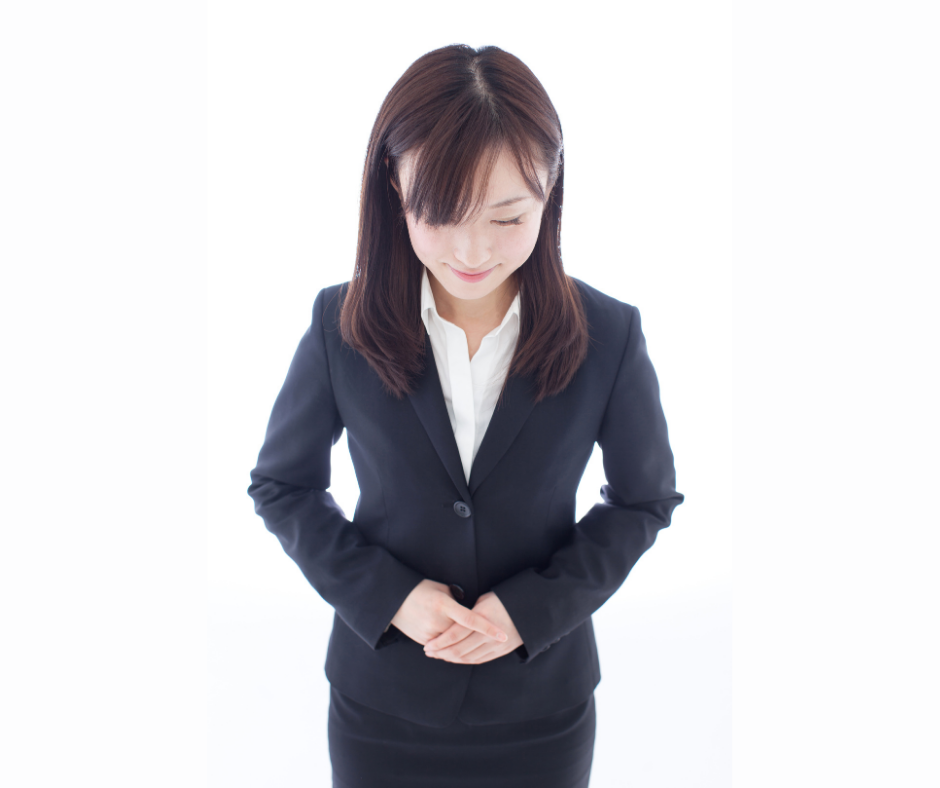
Attitude is the key to understanding so much of what we do. When we enter the training studio, right attitude demands that we bow. It is a way of saying that in this place we leave the other world behind; the world of materialistic capitalism, the world of ego, the world of competition. The bow says that in this place we have come together to learn, to improve ourselves, to work together, to help each other. The bow says, ‘I don’t know everything and am willing to learn’. We have a formality and level of respect that is often missing in life, and when it is evident, is so often insincere.
If you are training at home, even if you are entirely on your own, I suggest that you always start by taking a moment to adopt the same attitude. Take a long slow breath, look in a mirror if that helps, and bow your head a little, before straightening your back and pulling your shoulders back. Remember you are training to be a warrior. Perhaps you will never need any of your martial art skills. That is not the point. You are changing your self-identity.
Kung Fu is almost primarily about attitude. Kung Fu really means something like mastery through discipline. We choose to become masters of a skill, but in doing so we become masters of our lives. We know it will take years and will never be completed, but that’s ok, in life it is so often the journey that matters, the attempt, not necessarily the success, that matters. After all, the finishing line for all of us is the grave and we try to make the race count for something along the way. It is the way that the skills and personal changes that Kung Fu brings overflows into the rest of our lives that makes it such an amazing transformational discipline.
It is a common principle that the more one puts in to something, the more one gets out. Whether physical exercise, academic study, gardening or a relationship this is generally the case. It is the discipline and hard work that produces the most satisfying results. (I didn’t say the highest results, I could employ a gardener and have a finer garden, but my personal satisfaction would be less)
One could think of Tao Te Kung Fu as the process of taking control. I begin by being aware of myself; what I sense from outside of me and what’s going on inside. I become aware of my emotions in each moment and how they change with external stimulus. I become aware of my motivations, my ambitions and my desires. The next stage is to begin to take control of my own experiences and how I choose to react to them; I’m recreating myself, I am my own work in progress. The next stage is to become aware of others and learn to be a positive influence on them; to read the needs of others and find ways to meet them. Eventually one becomes a master of one’s own life including the world outside. If you fear some of those around you, you can’t focus on their needs. When you fear no man, you can care for all; this is why martial skills are integral all the way. Whether one is learning the control of one’s body in three dimensional space, or learning to increase one’s sensitivity to some stimulus, while decreasing others, or learning to manage one’s emotions and the physiological responses that accompany them, or learning to read and then influence another’s intentions, Kung Fu is a process that includes all of these skills.
Another aspect of our training is a general intention of not fighting. In Tao Te Kung Fu we place a heavy emphasis on training to be able to end violent situations as fast as possible. The best solution is to have avoided any confrontational situation in the first place, second to that would be, should a confrontation arise, avoiding violence, but if violence starts the gaol should be to end it fast; one doesn’t get embroiled in a fight, one simply drops the aggressor. When trained, you shouldn’t need to wonder whether you can down the other guy, but merely how to. It’s not about beating anyone; it’s simply about stopping the violence fast without getting hurt. No ego, no competition, just a choice to take control of situations that arise.
